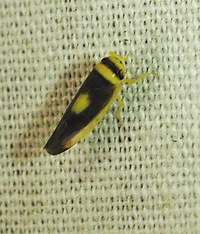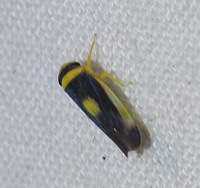|
|
|
|
Species Photo Gallery for Colladonus furculatus No Common Name |
 | Photo by: R Emmitt
Orange Co.
Comment: likes the bottom of the moth sheet. State record |  | Photo by: R Emmitt
Orange Co.
Comment: likes the bottom of the moth sheet. |
 | Photo by: R Emmitt
Orange Co.
Comment: |  | Photo by: Randy L Emmitt
Orange Co.
Comment: uv light |
|

 »
»

 »
»